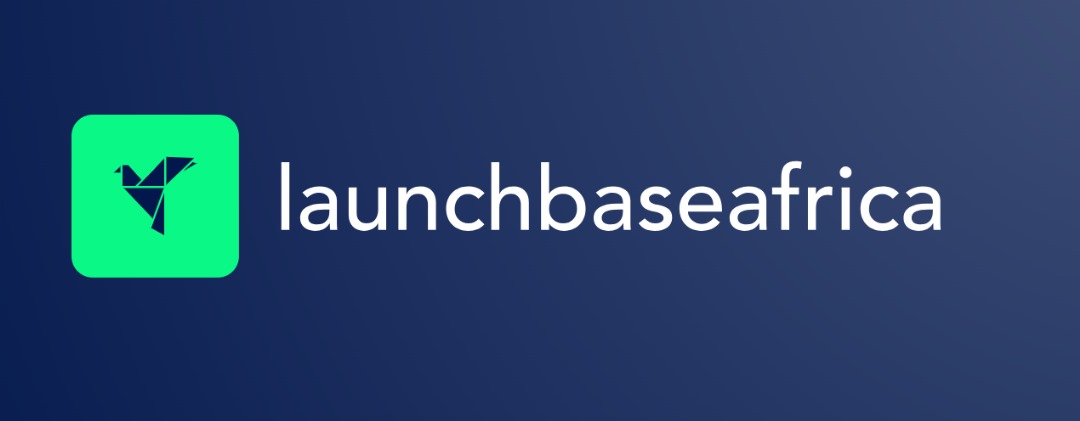A string of multimillion-dollar funding rounds for African fintechs is signalling a clear shift in investor sentiment: the speculative frenzy of the last crypto bull run is over, and the era of stablecoin-powered utility has begun. A clear sign of the changing sentiment comes from Adaverse, a venture fund that previously pivoted away from Africa after being impacted by a wave of crypto shutdowns. This week, the firm announced it is backing the compliant Nigerian Naira (cNGN), Africa’s first regulated stablecoin pegged 1:1 to the Nigerian Naira. Launched in February 2025, cNGN offers a new model different from the US dollar-pegged stablecoins like USDT and USDC that dominate the market.
Unlike Nigeria’s central bank digital currency (CBDC), the eNaira, the cNGN is privately issued by a consortium of regulated financial institutions and operates on public blockchains like Ethereum, TRON, and Polygon. This distinction is crucial, according to Uyoyo Ogedegbe, the Managing Director behind the project.
“CBDCs like the eNaira are issued and controlled by the Central Bank on a closed, permissioned blockchain,” Ogedegbe explains. “cNGN is privately issued, fully backed 1:1 by Naira reserves, and operates on public, open blockchain networks. That difference changes everything, from accessibility to how the token can be used.”
This open model allows fintechs, payment service providers, and international money transfer operators (IMTOs) to integrate the cNGN via APIs, fostering more interoperability and programmability than the centrally-controlled eNaira, which has struggled with adoption due to its limited use cases.
The market has responded positively. Since its launch, the supply of cNGN has grown nearly tenfold, from 66.1m minted in February to approximately 600m by late July 2025.
Crucially, the cNGN is part of the Nigerian SEC’s regulatory incubation program. “SEC approval boosts trust with institutions,” says Ogedegbe. This regulatory clarity gives it an edge over other unregulated Naira-pegged tokens and is key to its strategy of partnering with banks and licensed Virtual Asset Service Providers to tackle the high costs of international remittances.
Top Investors Position Early
Earlier this month, Kenyan fintech HoneyCoin closed a $4.9m seed round led by Flourish Ventures and TLcom Capital to expand its stablecoin settlement infrastructure. In February, Dubai-based Mansa secured $10m in a round with an equity portion led by Tether, the world’s largest stablecoin issuer. And South African travel fintech TurnStay raised $2m to solve payment inefficiencies for the continent’s tourism operators using a similar model.
This renewed focus on practical, blockchain-based solutions follows a painful contraction that saw the shutdown of several high-profile, consumer-focused crypto exchanges like Lazerpay, Bundle Africa, and Buycoins Pro. Now, capital is flowing not to speculative trading platforms, but to the infrastructure layer aiming to fix Africa’s notoriously fragmented, slow, and expensive payment systems.
“2025 is shaping up to be the year of stablecoins,” says Gillian Darko, Vice President of Strategy at pan-African crypto exchange Yellow Card, whose company raised $33 million in a Series C funding round last year. “It’s all about solving real-world problems. Stablecoins help with currency volatility, and there’s a USD scarcity for many businesses. Whether in agriculture or manufacturing, we’re helping businesses with their payments.”
The data supports this view. Blockchain analytics firm Chainalysis reports that stablecoins account for 43% of all cryptocurrency transaction volume in sub-Saharan Africa. In Nigeria alone, citizens received $24bn worth of stablecoins in 2024, the second-highest amount globally, underscoring their role in commerce and as a hedge against local currency devaluation.
The New Guard: From Travel Tech to Trade Finance
The startups attracting fresh capital are targeting specific, high-friction B2B verticals rather than mass-market crypto trading.
TurnStay, the South African travel fintech, is using stablecoins to tackle the high costs of international tourism payments. By operating as a merchant-of-record and processing card payments from tourists in their home countries, it avoids costly cross-border interchange fees. It then uses stablecoins to settle funds quickly and cheaply with local hotels and tour operators in Africa.
“While traditional African payment processing can cost over 7% per transaction, our solution consistently delivers savings of up to 70%,” says James Hedley, TurnStay’s COO. Since its pre-seed round in July 2024, the company has processed over $13.5m in transactions.
Similarly, HoneyCoin has built a payment infrastructure that connects banks and mobile money networks across 15 African countries. By using stablecoin-based rails for settlement, the company says it can move funds in hours instead of days for its 350 enterprise clients.
The involvement of Tether in Mansa’s $10m seed round highlights the global significance of this trend. Mansa provides liquidity via a revolving line of credit in stablecoins, allowing payment companies to settle transactions and fund customer accounts instantly, addressing critical cash flow constraints. Since its launch, the company has processed nearly $31m in transactions.
What’s Next?
The path forward for Africa’s stablecoin ecosystem is focused on deepening integration with the traditional financial system. HoneyCoin plans to use its new capital to expand into Mozambique, Zambia, and Rwanda, and will launch a stablecoin-backed debit card in partnership with Visa. cNGN is focused on deepening domestic adoption through payment gateways and e-commerce, while planning its expansion into other African markets.
While challenges remain, particularly navigating the complex and varied regulatory landscapes across the continent, the message from investors is clear. After a period of correction, the future of digital assets in Africa lies not in speculation, but in building the fundamental rails for a more efficient and inclusive financial system.


